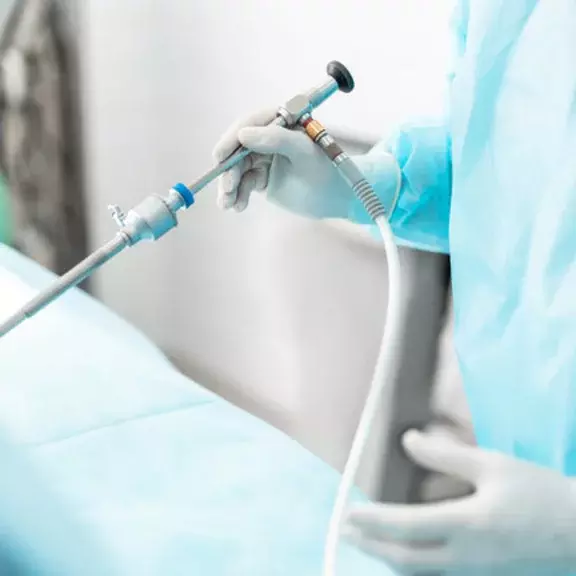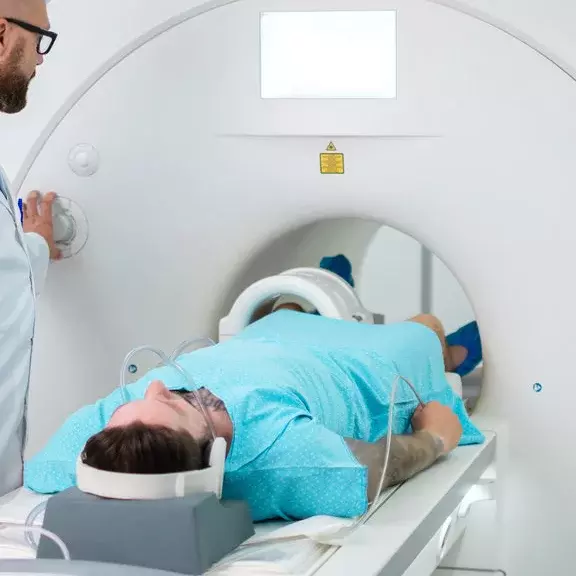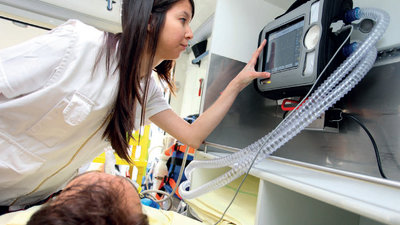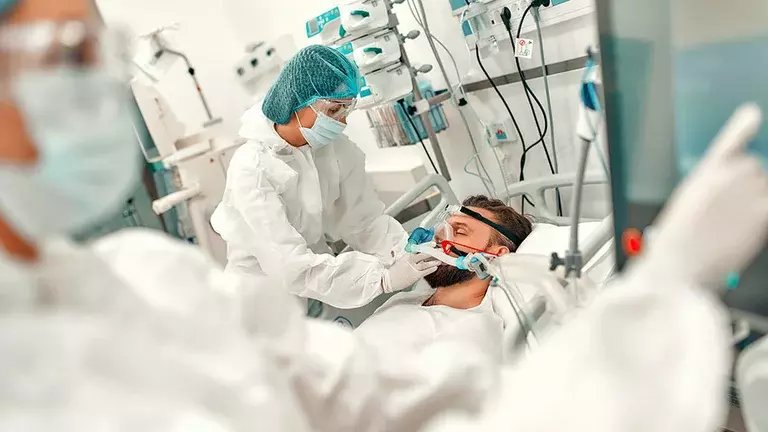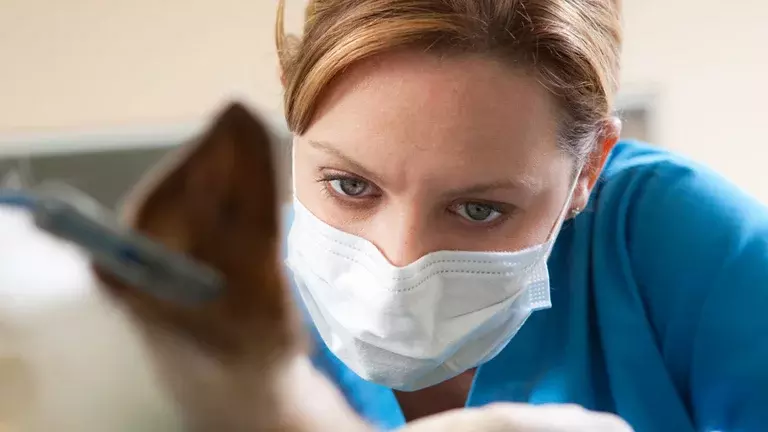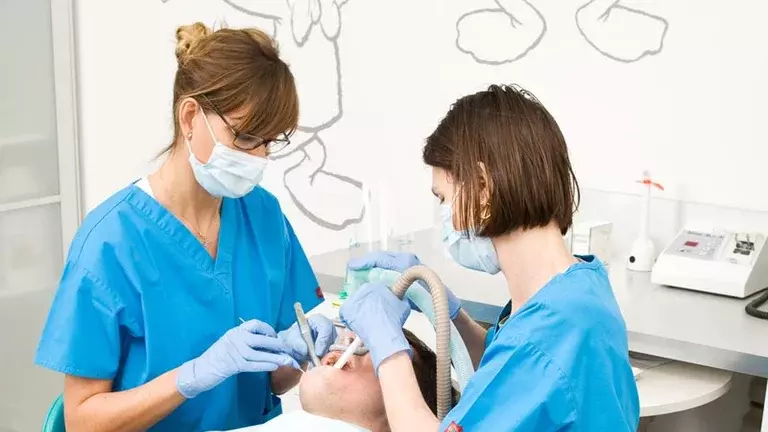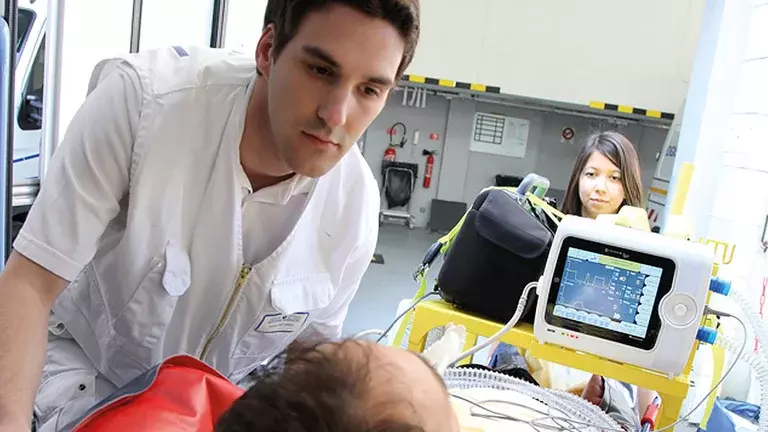Diagnostics and surgery
Medical gases for diagnostics and calibration
Medical gases play an important role in healthcare outside of the therapeutic applications. Medical carbon dioxide is an efficient insufflation gas that finds wide use in minimally invasive surgeries. Gas mixtures are also used to test and maintain the reliability and accuracy of a variety of medical devices and diagnostic equipment.
Diagnostics
Minimally invasive surgeries
Medical carbon dioxide is an efficient insufflations gas that finds wide use in minimally invasive surgeries. The gas is used in laparoscopy, arthroscopy, endoscopy, and cryotherapy. The gas helps to inflate the body cavities and stabilize them, so that surgeons have better visibility and access during surgery.
In temperatures below -76°C, carbon dioxide is used in cryotherapy or as a local analgesic. Using this technique, body cells are destroyed by the process of crystallization.
MRI
An MRI is a medical imaging technique used in radiology to obtain images of the anatomy and physiological processes of the body. Primarily used to detect tumors and abnormal tissue, MRI scanners use liquid Helium to cool the large magnet that maintains the extremely low temperatures necessary for the scanner to function properly.
Helium, a chemically inert gas, plays a fundamental role in a large number of sectors and applications, including MRI scanners.
Surgery
Anesthesia
Anesthesia is a practice used to prevent pain during a painful surgery or procedure by administering medication through a vein or by inhalation.
Anesthetic gases, also known as inhaled anesthetics, are administered as primary therapy for preoperative sedation and adjunctive anesthesia maintenance to intravenous (IV) anesthetic agents in the perioperative setting.1
Inhaled anesthetics enjoy regular use in the clinical setting due to chemical properties that allow the rapid introduction of an agent into arterial blood via the pulmonary circulation.
References
1 Clar DT, Patel S, Richards JR. Anesthetic Gases. [Updated 2022 May 1]. In: StatPearls [Internet]. Treasure Island (FL): StatPearls Publishing; 2022 Jan. Available from: https://www.ncbi.nlm.nih.gov/books/NBK537013/
Do you need pricing or more information?
Our team will listen to your needs and answer your questions, to help identify the right equipment and services for your facility.
Write us
Talk to us
Visit us
6990 Creditview Road, Unit 6
Mississauga, ON L5N 8R9
Why choose us
-
Full-scope medical gases provider
We are involved from production to patient therapy, and know medical gases intimately -
Reliability
You can depend on us to provide you with the right equipment and services to meet your facility's needs -
Innovation
Innovation is our vision: we prioritize quality of care through patient-centric products and services -
Safety
Ensuring the safety of your patients and staff is our top priority - our emphasis is on safety, compliance and risk management -
Experienced
We are owned by Air Liquide Group, the largest supplier of industrial, medical & specialty gases, found on every continent in the world -
Coast-to-coast service network
Our fill plants are widespread to shorten response-time and ensure supply chain reliability -
Accreditation and regulation
We help you ensure your facility's medical equipment is serviced and fully compliant with Canadian standards -
Customized portfolio
We supply a complete range of high-quality specialty gases, including mixtures used in specific applications to suit your needs
